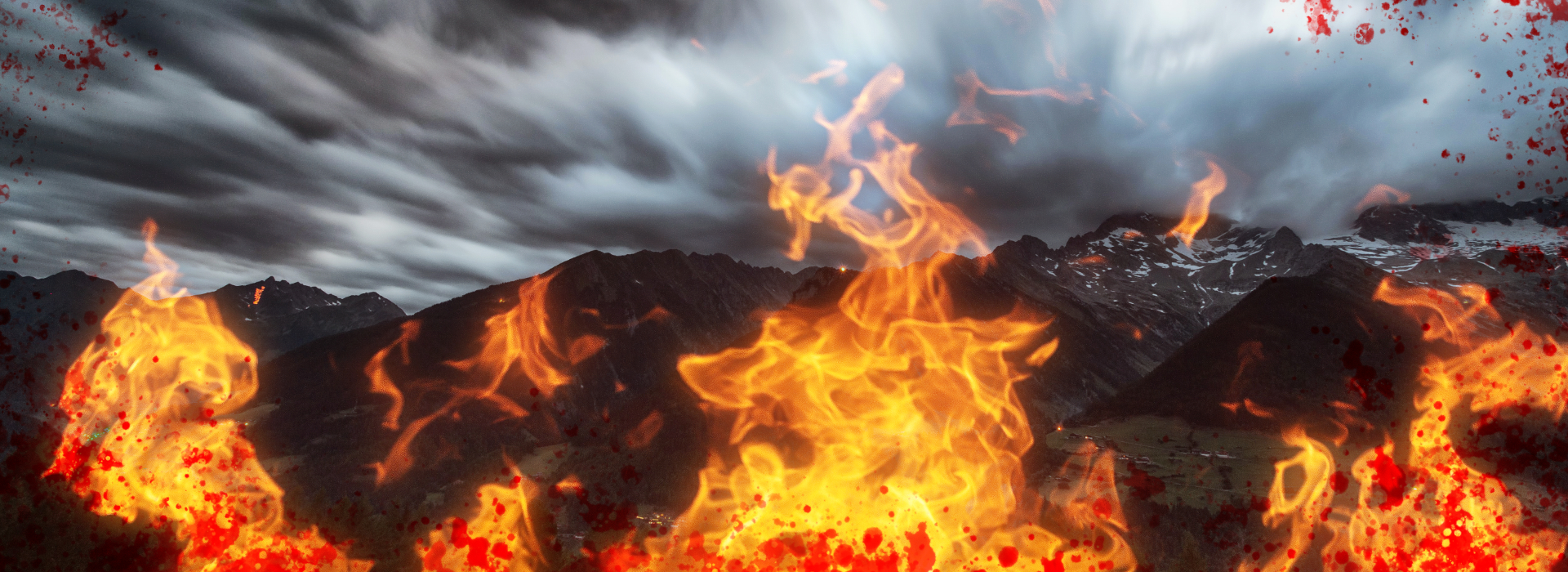28 Years of Dwarven Animosity
It never ends. If it isn't Gildómar starting it, it's Fjolkandr. And if it isn't Fjolkandr or Gildómar, it's one of the countless other offspring nations from either here or abroad. Peace is a dream not worth the toll it exacts.
The Conflict
Prelude
Tensions between Gildómar and Fjolkandr have forever flipped between blazing hot and icy cold, never to settle on one or the other, since the latter nation established its independence in the wake of the Worldrend. The two have warred often, drawing in Sjarvaldir, Falthorin, and other dwarven and non-dwarven nations alike across the span of hundreds of years. There have been a thousand reasons for the two nations to war, but none quite so ridiculous as that which started the 28 Years War. It began in Magnvöll, capital of Halsgard, thanks to a chance meeting between one of Gildómar's high priests and the leading military researcher of Fjolkandr. The two, being drunk, quickly blazed into an argument when a well-meaning patron of the bar asked if they were there as a couple, and the drunken insults grew stronger as each let slip their nation's secrets. For Gildómar, learning that Fjolkandr had every intention of working with Polyhedra and Naarim to achieve arcane supremacy wasn't surprising. Hearing of their attempts to approach the snow elves and Witch-Tribes, however, was practically an offence to their ideal of dwarven life. And to know that, atop all that, they now sought methods of breaching the barrier protecting the Heartforge of Iskaldhal? Unthinkable. Fjolkandr, meanwhile, had their own issues with what they'd learnt. Gildómar wished to extend its control of trade further - to place limitations on arcane magic practitioners across the continent, and to remove their existing access to vital religious sites. The Gildóns had allegedly even gone to Hvalgora for an alliance, to secure the seas and prevent communication with external arcane 'corruptors'. To describe it briefly: Gildómar wanted more control, and Hvalgora was willing to grant them that. Sjarvaldir would no doubt be just behind them. Now, what seeds of truth lay in these initial provocations is for the nations themselves to keep quiet, but within the week, discussions between the two grew tense - and a few too many sharp comments on both sides set the situation ablaze. War had once again come to Iskaldhal.
Outcome
This war has long since run its course, Majesty. You need our navy to win, but you send us to die! End it. Find a peace. Or we will join them to bring one about.Had the war purely been between the forces of Gildómar and Fjolkandr, its outcome would have been settled far sooner: one would have destroyed the other, and a peace would have settled. But both had reached out, both had established their alliances, and both had raged a war across the continent. It fell to the others involved to call for peace. Halsgard and Hvalgora made rough accords of their own, and Naarim bowed out. Sjarvaldir laid down its weight as a mediator, having lost significant faith in both other nations across the course of the years. The peace talks took place in neutral ground: Yksinka, as a relative middle-ground between members of the conflict and between ideologies in general, offered a meeting hall in its Heartwoods. The leaders of all nations involved attended, and over the course of two weeks, the Treaty of Fortovna was written. Peace had been established.. for a time. It would not last, not in a permanent way. Gildómar and Hvalgora found themselves at war just over 9 years later, and Fjolkandr had its own internal issues arise. Perhaps the happiest ending went to Halsgard - they garnered more respect from their neighbouring nations than ever before, and soon developed stronger ties with lonely Volkur as a result.
Belligerents
Strength
37,000 dwarves of Sjarvaldir
20,000 Hvalgoran troops
5,000 Keepers of Divinity
Casualties
31,000 Gildón deaths
19,000 Sjarvaldin deaths
14,000 Hvalgoran deaths (provoked following war)
400 lost Keepers of Divinity
36,000 Fjolkan deaths
12,000 Halsgardian deaths
7,000 Polyhedra
580 known Naarim losses
Objectives
- Re-establish dominance of Gildómar
- Maintain control of dwarven heartland
- Protect access routes to the Heartforge of Iskaldhal
- Limit arcane dominance of Iskaldhal
- Weaken Gildón hold over trade
- Increase allowed magical elements on trade routes
- Expand existing Iceflows to new reaches
- Promote discussion with Seiðrkolva
- Prevent religious dogma from influencing continental agreements
- Regain access to dwarven cultural artifacts
Maps
-
Iskaldhal
The continent of Iskaldhal is a wild place. Witch-Tribes rule in the shadows as dragons soar overhead and mysterious artifacts from lost millennia lurk in distant icy reaches.






The casualty numbers really put it into persepctive how awful the Animosity was for everyone involved. It definitely sounds like a rather fragile peace... :(